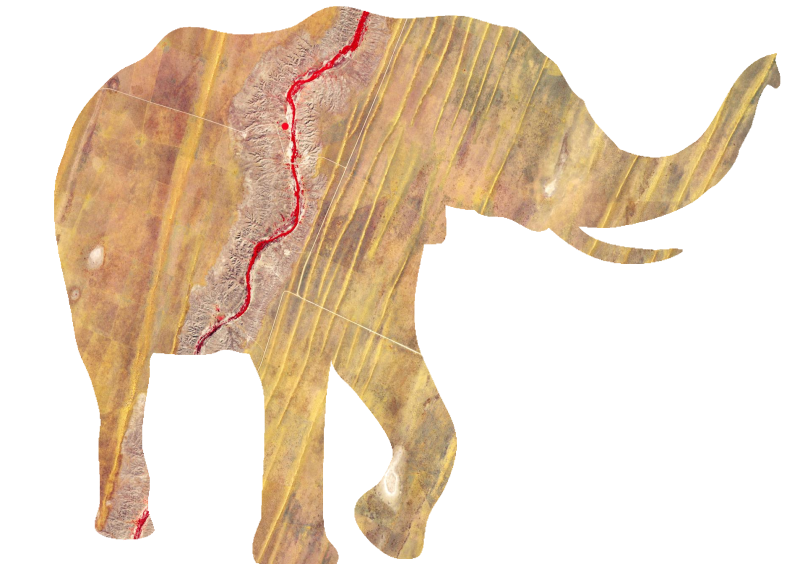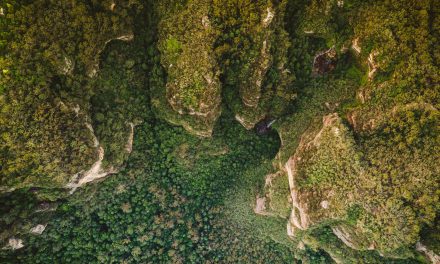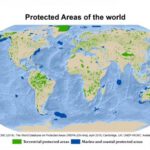Today – 21st of March – is the International Day of Forests! Now, what other day would be better suited to take some time off and to dive into some articles and news on our precious forests?
So, if you have some spare time, I would recommend grabbing a cup of coffee or tea and reading the highly interesting and comprehensive review paper by Holzwarth et al. (2020) on earth observation based monitoring of forests in Germany. You will not only learn more about how remote sensing is used in forest research, but you will learn on top more about German forests in general, current forest monitoring and reporting practices, challenges faced in German forests and gain insights into the institutional landscape in the German forest sector. To access the paper please follow the link. For those interested in reading the abstract first, please see below.
You have little time during this Sunday or you are looking for literature / news on more general topics related to our forests? Then you may want to have a look at following websites by FAO and UN or simply have a read through FAO’s brief “Forests for human health and well-being”.
Abstract (Holzwarth et al. 2020):
“Forests in Germany cover around 11.4 million hectares and, thus, a share of 32% of Germany’s surface area. Therefore, forests shape the character of the country’s cultural landscape. Germany’s forests fulfil a variety of functions for nature and society, and also play an important role in the context of climate levelling. Climate change, manifested via rising temperatures and current weather extremes, has a negative impact on the health and development of forests. Within the last five years, severe storms, extreme drought, and heat waves, and the subsequent mass reproduction of bark beetles have all seriously affected Germany’s forests. Facing the current dramatic extent of forest damage and the emerging long-term consequences, the effort to preserve forests in Germany, along with their diversity and productivity, is an indispensable task for the government. Several German ministries have and plan to initiate measures supporting forest health. Quantitative data is one means for sound decision-making to ensure the monitoring of the forest and to improve the monitoring of forest damage. In addition to existing forest monitoring systems, such as the federal forest inventory, the national crown condition survey, and the national forest soil inventory, systematic surveys of forest condition and vulnerability at the national scale can be expanded with the help of a satellite-based earth observation. In this review, we analysed and categorized all research studies published in the last 20 years that focus on the remote sensing of forests in Germany. For this study, 166 citation indexed research publications have been thoroughly analysed with respect to publication frequency, location of studies undertaken, spatial and temporal scale, coverage of the studies, satellite sensors employed, thematic foci of the studies, and overall outcomes, allowing us to identify major research and geoinformation product gaps.”
Holzwarth, S., Thonfeld, F., Abdullahi, S., Asam, S., Da Ponte Canova, E., Gessner, U., Huth, J., Kraus, T., Leutner, B., & Künzer, C. (2020). Earth Observation Based Monitoring of Forests in Germany: A Review. Remote Sensing, 12(21), 3570









